This machine is more heavy duty than my modern heavy duty Singer. Why? Well, think of it like working on cars. In 1965, cars (and domestic sewing machines) were elegantly-designed, rugged things that were easy to work on. Why were machines so rugged compared to now? Because in the olden days, a housewife would need her machine to do anything from hemming suit pants to making drapes and slipcovers for the Davenport and clothing for herself and the children. These days, so-called heavy duty machines are like 85% plastic. They will do a little more than your average computerized hunk of plastic, but not much. Even with the right needle, lightweight leather is probably asking too much.
The most awesome thing about this machine is that it does all kinds of decorative stitches, but you wouldn't know it by looking at it. There is a lid on the top that gives you access to the cam stack. The machine came with about a dozen 'fashion discs' which are these little plastic cams with differently-shaped circumferences. When the zig-zag lever is engaged, a lever moves over and the little cam on top rides the outside of the fashion disk, which of course affects the career of the needle bar.
So my plan is to design and print some new fashion disks. I might also convert it to a treadle, but I'd like to see if I can make it switch between electric and treadle-driven.
 kristina panos
kristina panos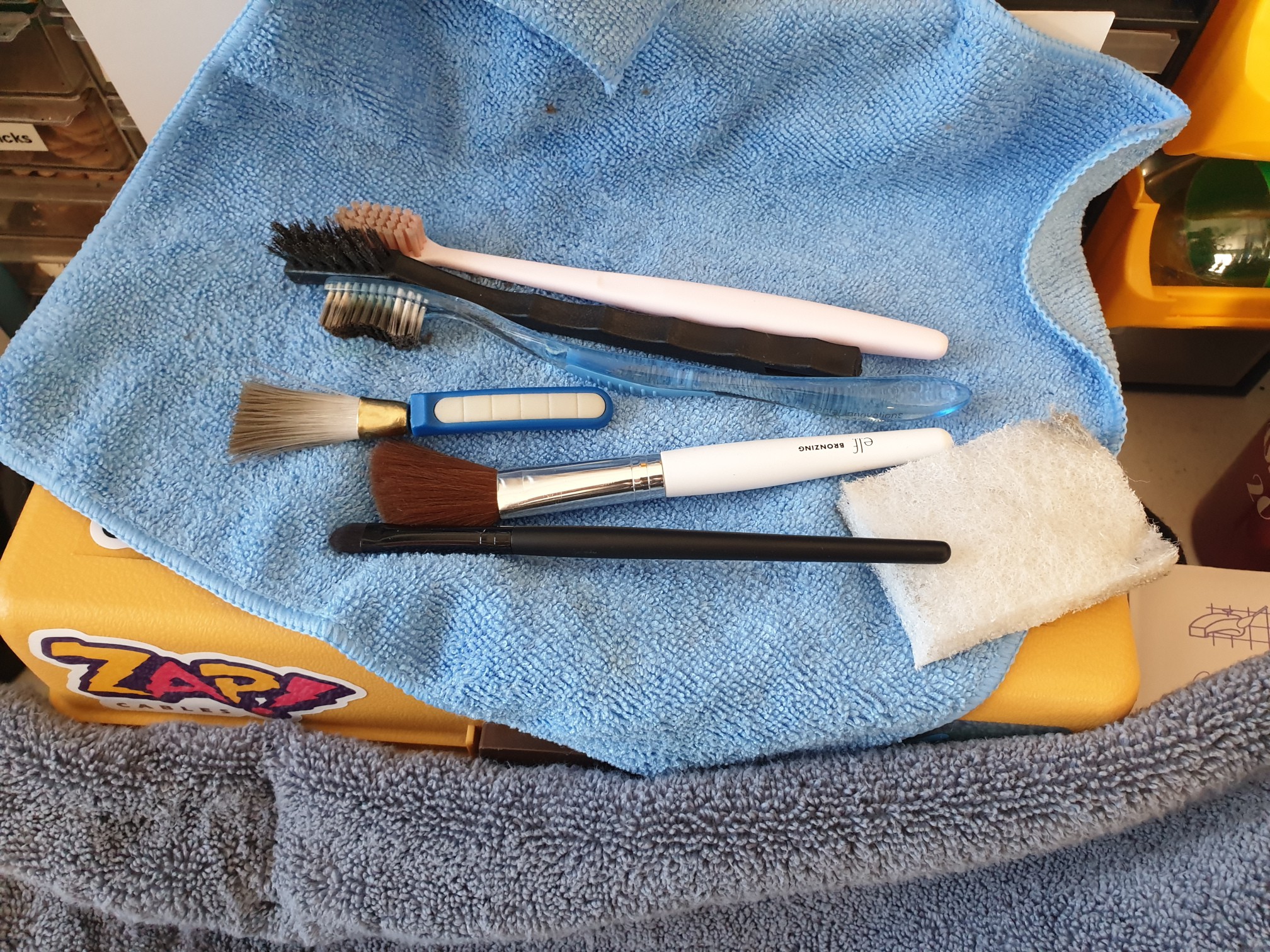
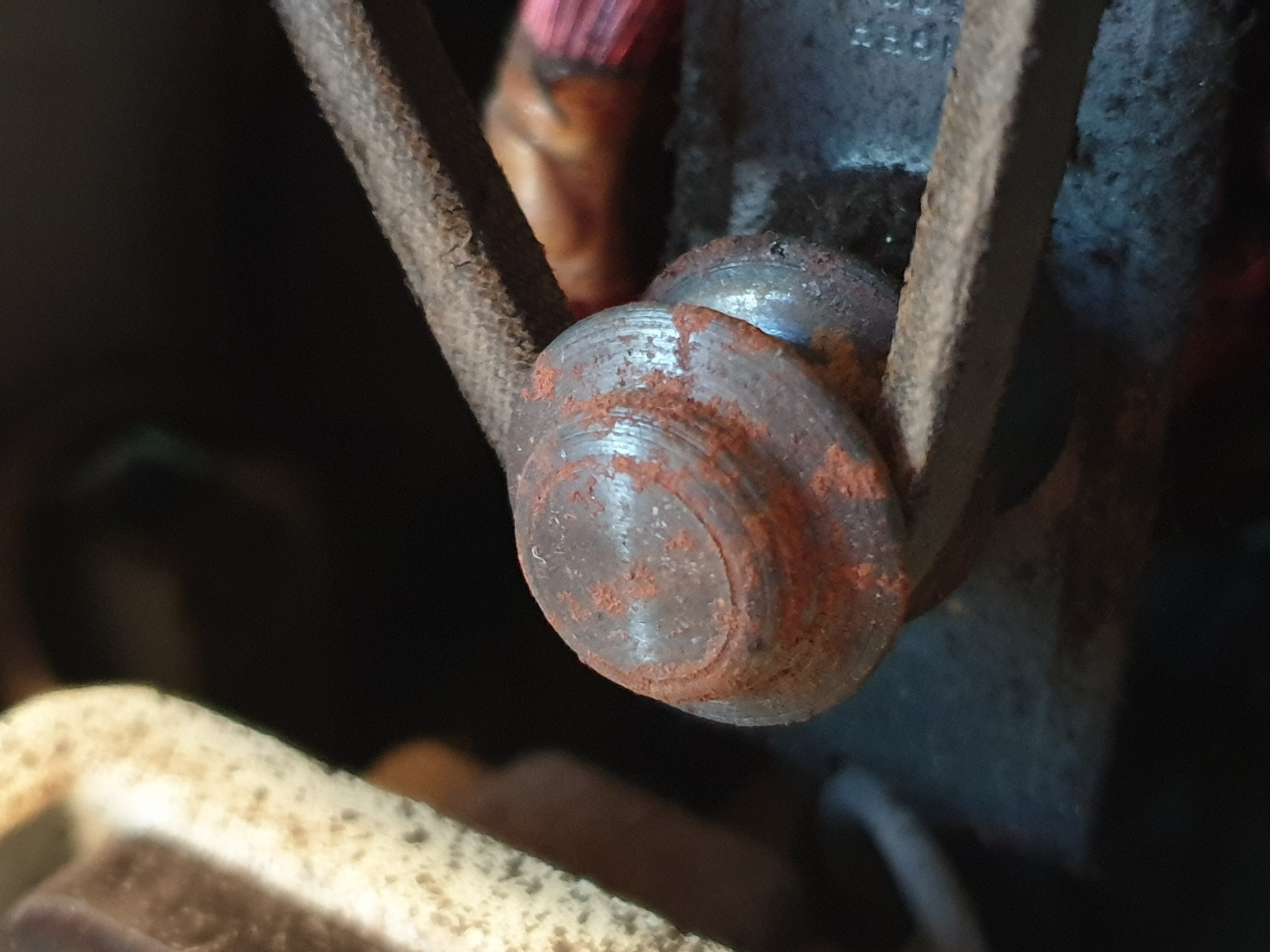
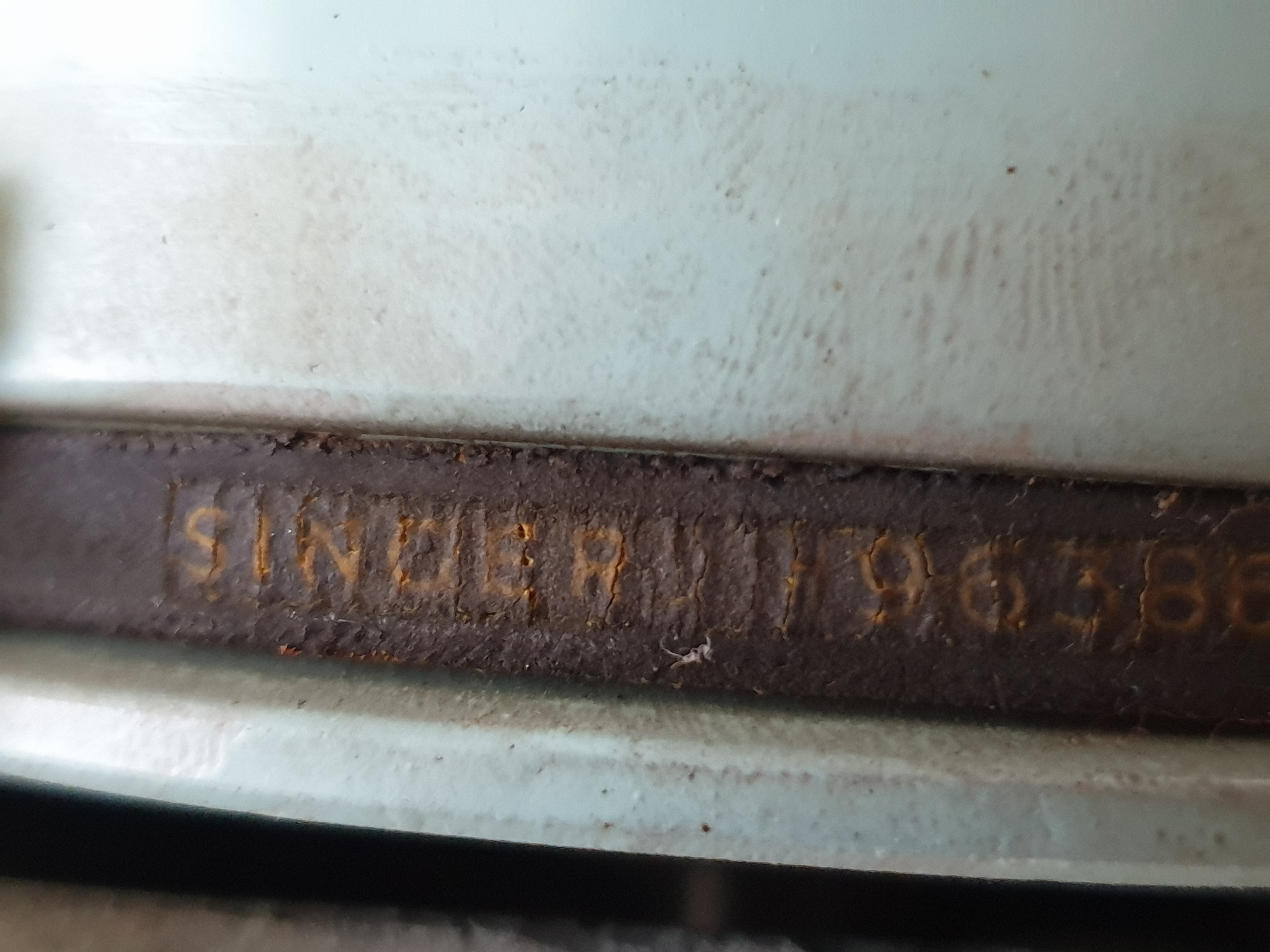
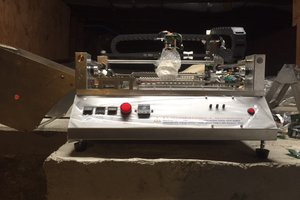
 Tim Wilkinson
Tim Wilkinson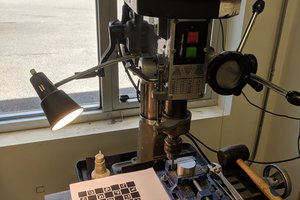
 MaxBareiss
MaxBareiss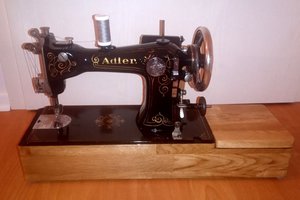
 Joseph Eoff
Joseph Eoff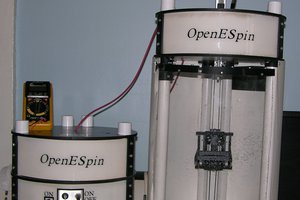
 Douglas Miller
Douglas Miller